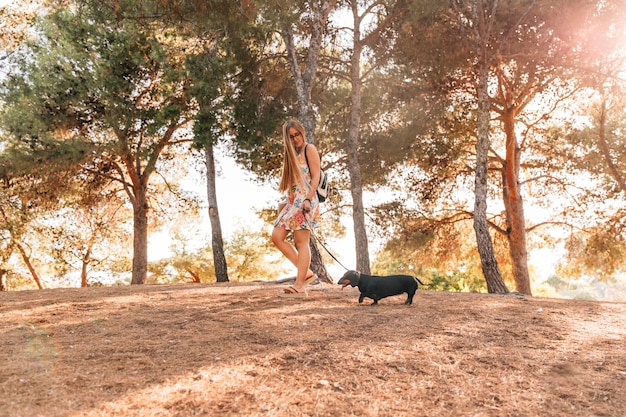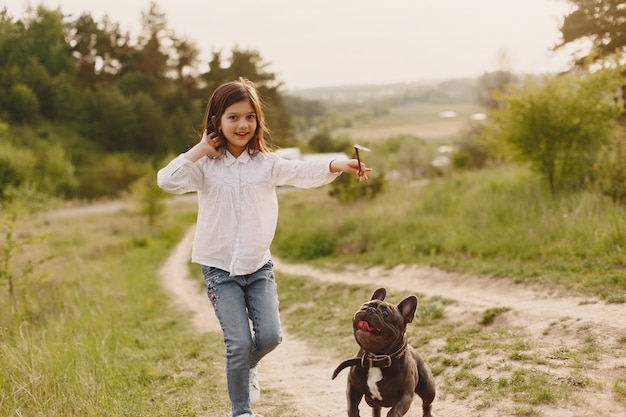Managing Outdoor Activities for Pets in McKinney’s Summer Heat


Managing Outdoor Activities for Pets in McKinney’s Summer Heat
Summer in McKinney, Texas can be relentlessly hot, with intense sunshine and high humidity that pose unique challenges for our furry family members. As a pet owner, you want to make sure your dog or cat is not only enjoying their time outdoors but also staying safe and healthy despite the soaring temperatures. At Pet Method Dallas Fort Worth, located at 260 N Coit Rd, Suite 130, McKinney, TX, 75071, we understand how important it is to balance enrichment with protection from the risks that come with the Texas summer.
This guide will help you recognize the signs of heat-related issues in your pet, understand why pets are more vulnerable during the summer, and offer practical outdoor pet care tips. We will share ways to prevent overheating, explain when it is time to schedule an appointment with our veterinary team, and connect you with additional resources for annual wellness exams and nutritional support. Whether you live in McKinney or surrounding communities, these strategies will help you provide safe, joyful summer experiences for your companion.
If you are searching for reliable summer pet safety in Texas, or want the best local advice on outdoor pet care tips, our friendly team is always here to support you and your pet’s health.
Recognizing Heat-Related Problems in Your Pet
Common Signs of Overheating and Heatstroke
The first step to protecting your pet during the hottest months is understanding what overheating looks like. Dogs and cats do not sweat like humans; they rely mostly on panting and a few sweat glands in their paw pads to regulate body temperature. When the heat or humidity climbs too high, their natural cooling mechanisms can become overwhelmed, putting them at risk for heat exhaustion or even heatstroke.
Key symptoms of heat-related distress in pets include excessive panting or drooling, noticeable lethargy, weakness, or unsteady movement. You might also observe that your pet has red or pale gums, vomits, or collapses unexpectedly. In severe cases, pets may experience seizures or lose consciousness.
Other warning signs are rapid heart rate, glassy eyes, or confusion. Cats in particular may hide or rest in unusual places, seeking out cool, shaded spots away from activity. If your pet is struggling to breathe, seems disoriented, or is unresponsive, these are emergencies and require immediate veterinary care.
Recognizing these symptoms early can be life-saving. If you ever feel unsure about your pet’s condition, it is always best to err on the side of caution and contact your veterinarian.
Why Summer in McKinney Is Especially Tough on Pets
Local Climate Risks for Dogs and Cats
McKinney’s summer heat often brings triple-digit temperatures, frequent heat advisories, and high humidity. Unlike people, pets cannot remove a layer of clothing or move into air conditioning on their own. Dogs with thick coats, short noses (like Bulldogs or Pugs), or underlying medical conditions are especially at risk, but all pets can become overheated if not managed carefully.
Pavement and concrete surfaces can reach scorching temperatures in the sun, sometimes hot enough to burn paw pads. Even short outdoor walks or play sessions can quickly become dangerous if the heat index is high. Cars, even with windows cracked, can become lethal in minutes during the Texas summer.
The combination of high humidity and heat means that panting becomes less efficient for cooling. Pets may not show symptoms immediately, making it vital to watch for subtle changes in their behavior. For those who are new to the area, it is important to realize that summer pet safety in Texas is about more than just the temperature on the thermometer.
Safe Outdoor Pet Care Tips for Texas Summers
Smart Scheduling and Hydration
One of the best ways to keep your pet safe is to plan outdoor activities during cooler parts of the day. Early morning or late evening walks are ideal, as temperatures are typically lower and pavement is less likely to cause burns. If you must go outside during hotter hours, keep outings brief and always check the ground’s temperature with your hand before allowing your pet to walk.
Hydration is critical for all pets, especially in the summer. Make sure your pet has access to fresh, cool water at all times. If you are heading out for a walk, bring a portable water bottle and offer frequent drinks. Some pets enjoy ice cubes or frozen treats, which can provide both entertainment and cooling benefits.
Shade is another essential. When spending time outside, provide access to umbrellas, trees, or covered patios so your pet can escape direct sunlight. Wading pools, cooling mats, and even damp towels can help reduce body temperature for dogs that love lounging outdoors.
Adjusting Exercise and Play
It is important to adjust your expectations for outdoor activity during the hottest months. Instead of long walks or intense play, opt for shorter, slower-paced outings. Some families enjoy interactive puzzle toys indoors or training games that stimulate your pet’s mind without risking overheating. Cats may appreciate a sunny window perch with a fan nearby, rather than a leashed trip outside.
Grooming can also make a difference, especially for double-coated breeds. Regular brushing helps remove excess fur and increases air circulation to the skin, but avoid shaving your pet unless recommended by a veterinarian; fur provides some protection from both heat and sunburn.
Nutrition and Preventive Care
Summer heat can impact your pet’s appetite and energy levels. Feeding smaller, more frequent meals may help keep them comfortable. Speak with our veterinary team about a nutritional assessment if you notice changes in eating habits or if your pet has special dietary needs due to age or medical conditions.
Keeping up with preventive care is also essential. Parasites like fleas, ticks, and mosquitoes thrive in warm weather and can transmit dangerous diseases. Discuss year-round parasite prevention with your veterinarian to protect your pet both outdoors and inside.
Preventing Heat-Related Problems at Home
Environment and Lifestyle Adjustments
Creating a pet-friendly environment at home goes a long way toward maintaining summer pet safety in Texas. Indoors, use fans or air conditioning to keep your pet cool. Provide multiple water bowls in different rooms and refresh them regularly throughout the day. Some pets benefit from cooling collars or vests, which use evaporative technology to help regulate temperature.
If your pet enjoys sunbathing near a window, check that the area stays comfortably cool and that your pet can move into the shade at will. For homes without central air, close curtains during midday and use portable fans to improve airflow.
For outdoor pets, reconsider their routine during peak summer months. Bring them inside whenever possible, and make sure that any outdoor shelter is well-ventilated and protected from direct sunlight. Always supervise outdoor time, even in fenced yards, and be ready to bring your pet indoors at the first sign of distress.
Socialization and Special Considerations
Summer often brings neighborhood events, backyard barbecues, and fireworks. While socialization is important, crowded gatherings and loud noises can increase stress and raise body temperature. Consider your pet’s temperament and health before bringing them to outdoor events, and always provide a quiet, cool space for retreat.
Senior pets, puppies, kittens, and pets with chronic illnesses are more vulnerable to heat. Adjust their routines to minimize time outdoors, and speak with your veterinarian about any specific precautions for their age or condition.
When to Seek Professional Veterinary Care
Knowing When It’s Time to Call the Vet
Despite our best efforts, pets can still experience heat-related emergencies. It is crucial to act quickly if your pet shows signs of overheating. Warning signs that require immediate attention include heavy, persistent panting, drooling, vomiting, diarrhea, vomiting blood, stumbling, or collapse. If your pet is non-responsive, breathing rapidly, or having seizures, seek emergency veterinary care right away.
If you are uncertain whether your pet’s symptoms are serious, contact our veterinary professionals for guidance. We can help you assess risk and recommend next steps. Scheduling a wellness examination before or during the summer can identify underlying health conditions that might put your pet at increased risk.
For ongoing concerns, such as chronic respiratory issues, heart disease, or medication questions, our team is here to develop a personalized summer plan for your companion. Remember, prompt action can make all the difference during a heat-related emergency.
Keeping Your Pet Safe: Your Local Partner in Summer Pet Safety
As the temperatures rise in McKinney and surrounding communities, your commitment to your pet’s well-being matters more than ever. By staying alert to warning signs, planning activities with care, and making small adjustments at home, you can ensure a safe, enjoyable summer for your furry friend.
At Pet Method Dallas Fort Worth, our veterinary team is dedicated to providing expert outdoor pet care tips and ongoing support for every stage of your companion’s life. If you have questions about summer pet safety in Texas, want to discuss your pet’s specific needs, or are ready to schedule an appointment, we invite you to reach out today.
Give us a call at (469) 581-8609 or visit our McKinney location to connect with a compassionate vet near me who truly cares. For more information on preventive services, explore our resources on nutritional assessment and annual wellness exams. Together, we can make this summer safe, fun, and filled with cherished memories for you and your pet.
This article is intended for informational purposes only and should not replace professional veterinary advice. If you have concerns about your pet’s health, please consult with our veterinary professionals directly.



















